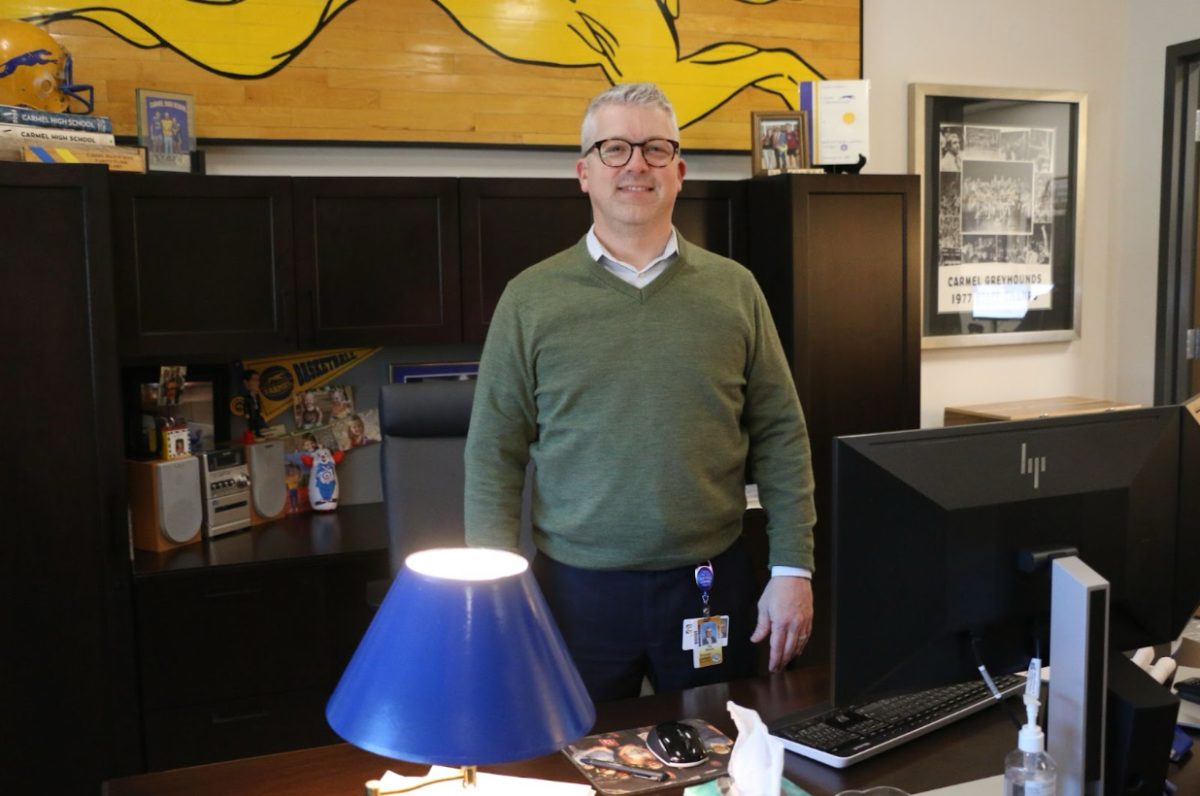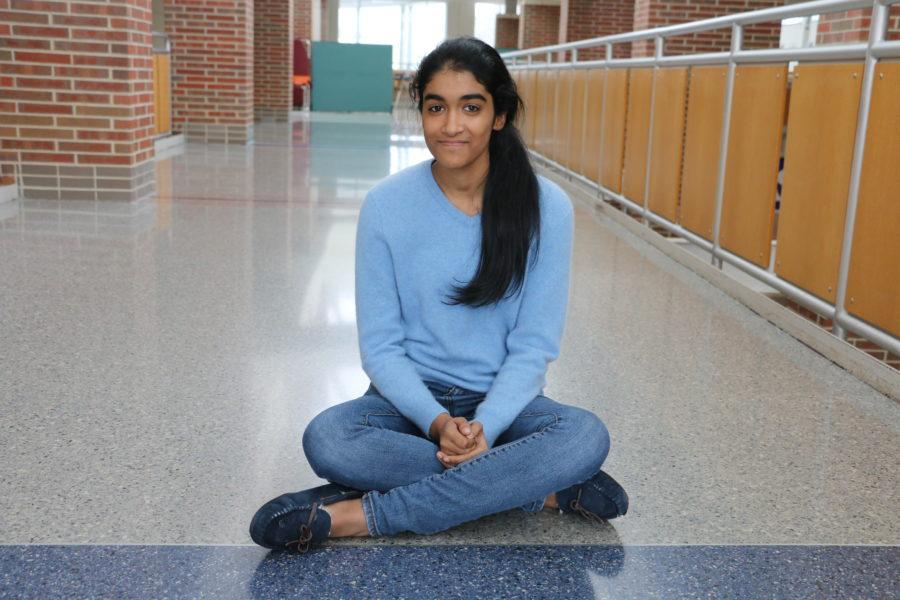Last month, the Laser Interferometer Gravitational-Wave Observatory (LIGO) detected gravitational waves for the first time, confirming the existence of black holes and Einstein’s theory of general relativity. While this represents one of the most important scientific breakthroughs in the last century, it also reveals a much more fundamental fact: basic science and applied science need to learn to work together to have the most impact. However, in order for this to happen, more people need to enter the basic sciences.
According to the Office of Budget Management, spending on basic sciences is approximately only 20 percent of spending on applied research and the development of technologies resulting from it.
Having spent the summer at MIT conducting research with 80 other students, I noticed this same trend in that, while I and a few others chose to work on basic research, which focuses on fundamentally advancing a field and forming new theories, the vast majority of students chose to pursue the applied sciences, which focus on solving practical societal problems and inventing new technology. The major reasons for this problem are that first, students are unaware of the major scientific problems in basic research, and second, students do not realize the potential impacts of basic science.
For example, many have heard of the advent of artificial intelligence and Google’s self-driving cars, but have never heard of Google’s quantum artificial intelligence laboratory because although it could potentially build the world’s fastest computer, its role as a basic research laboratory means its implications are far in the future. However, many of the world’s most important inventions started this way with no particular intention to contribute new technology to society. The Internet began as a way for physicists to communicate with one another, and artificial intelligence began with developments in mathematics.
Without students who are aware of this fact and interested in basic science, the impact of scientific discoveries in the future will decline. In the case of LIGO, Einstein’s theory of general relativity combined with the innovative technology of large-scale lasers and interferometers to produce a result that changed the face of physics and astronomy.
In order to solve this problem, our school needs to encourage students to pursue basic science after high school by introducing a new aspect to the science curriculum in which students learn about current problems in science that need to be solved. We often learn about scientific findings of the past, giving us the illusion that there is nothing left to learn. However, by showing students the infinite number of questions that have yet to be answered, more students will have both the knowledge and interest to enter these fields of study.
Schools need to make basic science more appealing to students so that basic science and applied science can cooperate to solve the major problems of the future.
The views in this column do not necessarily reflect the views of the HiLite staff. Reach Sreya Vemuri at [email protected].




















![Joseph Broman, Mu Alpha Theta sponsor, grades tests for his honors precalculus/trigonometry class. Broman said, “I’m retiring from the Math Club next year and I’m just going to do Mu Alpha Theta so I can focus on that one and we can do more [speaker series] first semester.”](https://hilite.org/wp-content/uploads/2024/03/IMG_9502-1200x900.jpg)











![British royalty are American celebrities [opinion]](https://hilite.org/wp-content/uploads/2024/03/Screenshot-2024-03-24-1.44.57-PM.png)




















![Review: “The Iron Claw” cannot get enough praise [MUSE]](https://hilite.org/wp-content/uploads/2024/04/unnamed.png)
![Review: “The Bear” sets an unbelievably high bar for future comedy shows [MUSE]](https://hilite.org/wp-content/uploads/2024/03/unnamed.png)
![Review: “Mysterious Lotus Casebook” is an amazing historical Chinese drama [MUSE]](https://hilite.org/wp-content/uploads/2024/03/0.webp)
![Thea Bendaly on her Instagram-run crochet shop [Biz Buzz]](https://hilite.org/wp-content/uploads/2024/03/IMG_0165-1200x838.jpg)
![Review: Sally Rooney’s “Normal People,” is the best book to read when you are in a time of change [MUSE]](https://hilite.org/wp-content/uploads/2024/03/20047217-low_res-normal-people.webp)
![Review in Print: Maripaz Villar brings a delightfully unique style to the world of WEBTOON [MUSE]](https://hilite.org/wp-content/uploads/2023/12/maripazcover-1200x960.jpg)
![Review: “The Sword of Kaigen” is a masterpiece [MUSE]](https://hilite.org/wp-content/uploads/2023/11/Screenshot-2023-11-26-201051.png)
![Review: Gateron Oil Kings, great linear switches, okay price [MUSE]](https://hilite.org/wp-content/uploads/2023/11/Screenshot-2023-11-26-200553.png)
![Review: “A Haunting in Venice” is a significant improvement from other Agatha Christie adaptations [MUSE]](https://hilite.org/wp-content/uploads/2023/11/e7ee2938a6d422669771bce6d8088521.jpg)
![Review: A Thanksgiving story from elementary school, still just as interesting [MUSE]](https://hilite.org/wp-content/uploads/2023/11/Screenshot-2023-11-26-195514-987x1200.png)
![Review: When I Fly Towards You, cute, uplifting youth drama [MUSE]](https://hilite.org/wp-content/uploads/2023/09/When-I-Fly-Towards-You-Chinese-drama.png)
![Postcards from Muse: Hawaii Travel Diary [MUSE]](https://hilite.org/wp-content/uploads/2023/09/My-project-1-1200x1200.jpg)
![Review: Ladybug & Cat Noir: The Movie, departure from original show [MUSE]](https://hilite.org/wp-content/uploads/2023/09/Ladybug__Cat_Noir_-_The_Movie_poster.jpg)
![Review in Print: Hidden Love is the cute, uplifting drama everyone needs [MUSE]](https://hilite.org/wp-content/uploads/2023/09/hiddenlovecover-e1693597208225-1030x1200.png)
![Review in Print: Heartstopper is the heartwarming queer romance we all need [MUSE]](https://hilite.org/wp-content/uploads/2023/08/museheartstoppercover-1200x654.png)























![Review: Ladybug & Cat Noir: The Movie, departure from original show [MUSE]](https://hilite.org/wp-content/uploads/2023/09/Ladybug__Cat_Noir_-_The_Movie_poster-221x300.jpg)

![Review: Next in Fashion season two survives changes, becomes a valuable pop culture artifact [MUSE]](https://hilite.org/wp-content/uploads/2023/03/Screen-Shot-2023-03-09-at-11.05.05-AM-300x214.png)
![Review: Is The Stormlight Archive worth it? [MUSE]](https://hilite.org/wp-content/uploads/2023/10/unnamed-1-184x300.png)







